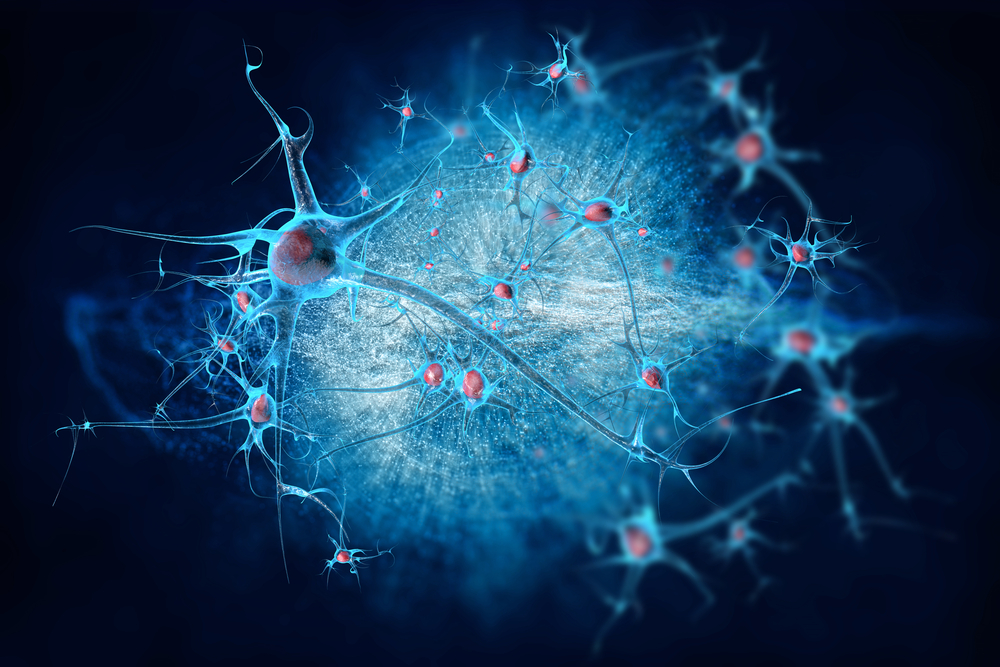Brain Microglia are Key Protectors Against Prion Diseases, Study Suggests

Microglial cells in the brain play an essential protective role against prion diseases, a new study shows. The findings could have implications for diseases characterized by protein aggregation, such as Parkinson’s and Alzheimer’s.
The study, “Microglia are critical in host defense against prion disease,” was published in the Journal of Virology.
Prion diseases are progressive neurodegenerative disorders that affect humans and animals. They are characterized by long incubation periods, neuronal death, and a failure to induce inflammatory responses.
Microglial cells are important in the first level response to infection in the central nervous system, yet they may become toxic in certain conditions. In prion infection, activation of microglia precedes damage or death of neurons. However, the role of microglia in prion diseases is still unclear, as previous research indicated that microglia can either speed or slow disease.
To better understand microglia in scrapie — a prion disease of sheep — National Institute of Allergy and Infectious Diseases researchers infected mice with prions and depleted their brain microglia with an experimental compound called PLX5622.
This compound inhibits the enzyme CSF-1R tyrosine kinase, which plays an important role in immunity and inflammatory processes.
Scrapie-infected mice given PLX5622 orally had a 78-90 percent reduction in their microglial population in the cerebral cortex and a significant faster development of prion disease. As a result, these mice died 20-33 days sooner than controls.
This means that microglia may be beneficial at early stages of prion disease.
“Thus, microglia are important for removing prions, and the disease is faster when microglia are depleted,” researchers wrote. They also hypothesized that microglia protect against these infections by trapping and destroying the aggregated prion proteins responsible for brain damage.
As for potential therapeutic approaches, “strategies to increase specific microglial responses advantageous to the host should be considered, along with identifying and reducing microglial processes that are harmful,” researchers added.
The team now is studying the precise processes used by microglial cells to destroy prions in the brain.






